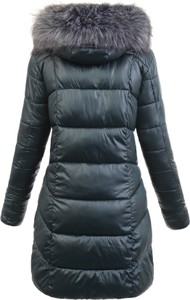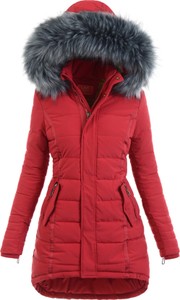KURTKI NA ZIMĘ 2016/17: PRZEGLĄD KURTEK ZIMOWYCH Z SIECIÓWEK | WINTER COAT: ZARA, NEW LOOK, STRADIVARIUS, MOHITO, BERSHKA, H&M - StylOly blog by Aleksandra Marzęda

Płaszcze Kurtki zimowe Śliczny puchowy płaszcz ZARA rozm S Kobiety Ubrania Płaszcze i kurtki Płaszcze Kurtki zimowe Zara Kurtki zimowe michisyoga.at
Kurtka Zimowa Damska Zara w Kurtki damskie (48) - Modne kurtki jesienne, zimowe lub przejściowe - Allegro.pl

Płaszcze Kurtki zimowe Śliczny puchowy płaszcz ZARA rozm S Kobiety Ubrania Płaszcze i kurtki Płaszcze Kurtki zimowe Zara Kurtki zimowe michisyoga.at


















